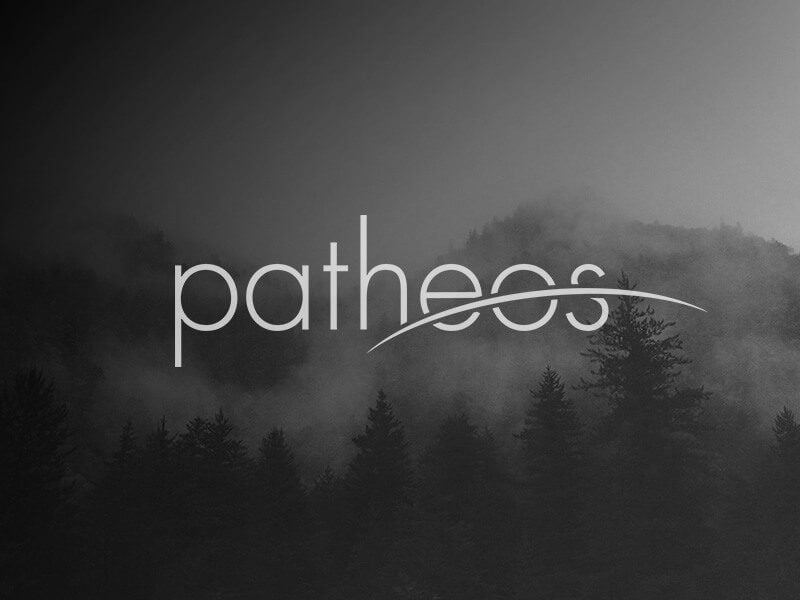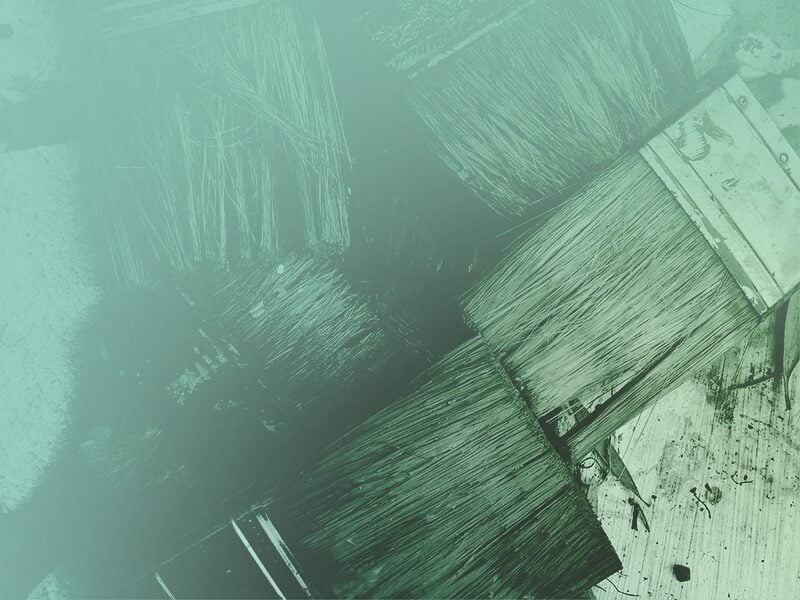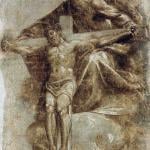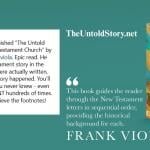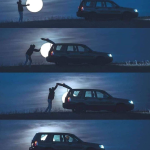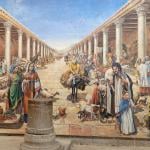Revelation 12 is a symbolic vision of Jesus’ ascension, which we celebrate this Thursday, the fortieth day after Easter. In that vision, John sees a woman clothed with the sun and wearing a crown of stars, who gives birth to a child. At that same moment, a dragon appears and attacks the child. God snatches up the child to heaven where He rules the nations with a rod of iron. War in heaven follows, and the dragon is cast down.... Read more




